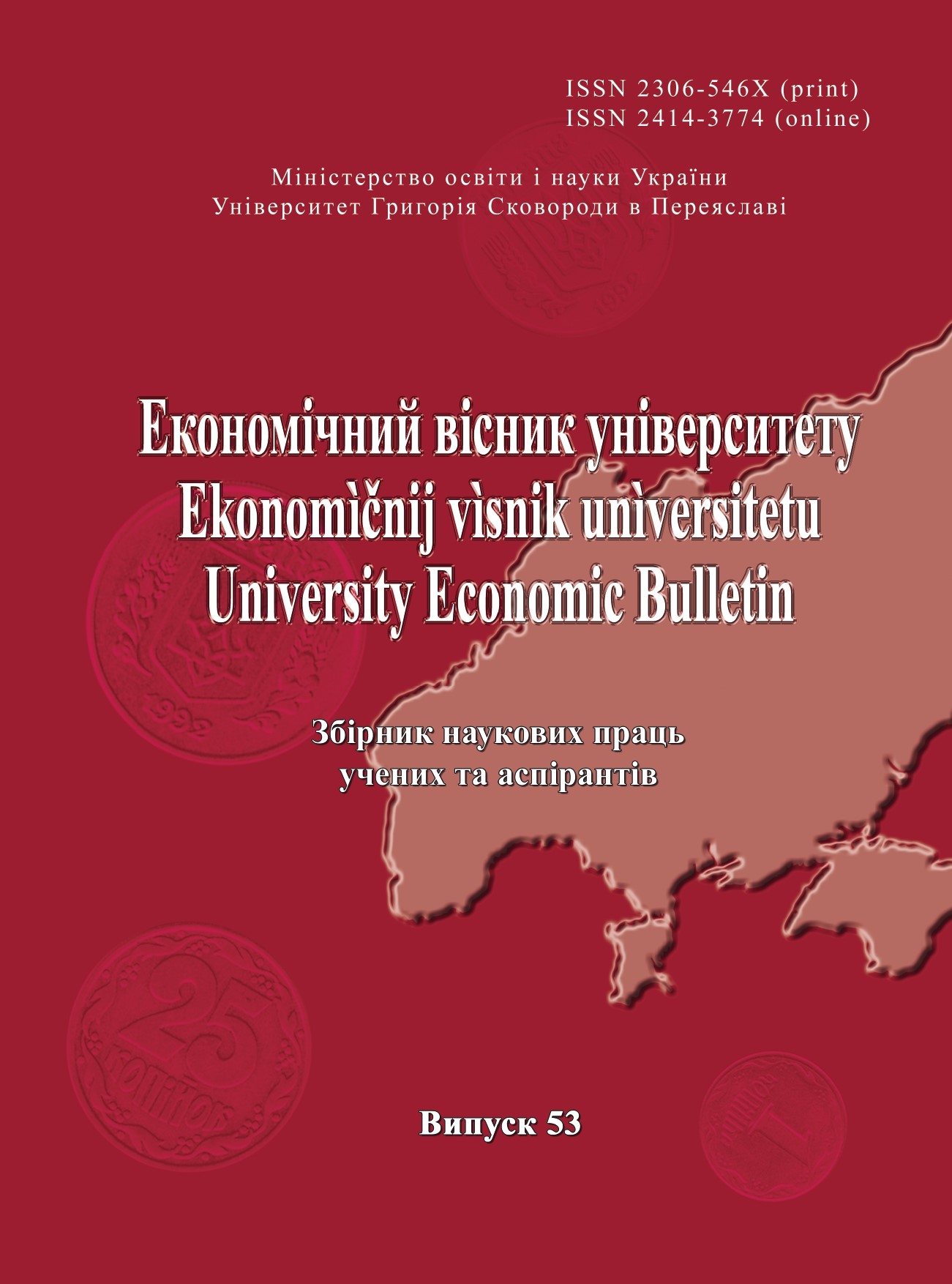Евентуальна модель пошуку місця локації логістичних об’єктів соціально-економічного розвитку територій регіонального рівня
Eventual model of logistics assets location for regional socio-economic development
Author(s): Lidiia Horoshkova, Alexander SumetsSubject(s): Regional Geography, Methodology and research technology, Socio-Economic Research, Transport / Logistics
Published by: Університет Григорія Сковороди в Переяславі
Keywords: logistics infrastructure; regional distribution logistics centers; warehousing; clusters; territorial development;
Summary/Abstract: Relevance of the problem. The study is relevant due to the fact that now the problem of socio-economic development of Ukrainian territories is very acute. This is mainly due to economic and political determinants. Hostility has caused further aggravation to the current country`s position and logistics infrastructure. Problem statement. To solve the problems of territories` and regions` development is impossible without modern logistics infrastructure. Additional problems that have recently arisen in Ukraine are also related to the fact of Russia's aggression, i.e. powerful logistics infrastructure assets have been destroyed, so there is an urgent need to restore them. Analysis of recent research. The critical analysis of Ukrainian logistics infrastructure position allowed to prove the expediency of its restoration, and to introduce radical changes in conceptual approaches to its recovery and further development. Unsolved parts of the general problem. Thus, starting the reconstruction of the destroyed national logistics infrastructure, it will be expedient not only to restore it, but also to change the approach to its building within the country and at the regional level using international experience. Study task and objective. The following scientific tasks will be solved aimed at their practical application: to develop the methodology to choose the location of regional distributive logistic centers at the logistics area of Ukraine; to form the algorithm for selecting potential locations of regional distribution logistics centers. Methodology. General scientific (analysis and synthesis, induction and deduction, analytical grouping) and special (abstraction, modelling, etc.) methods for studying economic phenomena and processes have been used in the study. The main material (study results). The system to reform the logistics infrastructure of Ukraine including two groups of determinants: natural and artificial, formed by the market, has been proved in the study. It has been stated that the implementation of the proposed model of cargo flows distribution through regional distribution logistics centers will provide opportunity to improve the cargo delivery quality directly to customers and, most importantly, its timeliness. In addition, this model will allow to come to the correct formalization of logistics clusters and their topological connection to specific regions and market segments. The comparative analysis of logistics infrastructure in Ukraine and the EU countries has been carried out in the study. The problems impacting the domestic economy have been determined as they deteriorated due to the hostility in Ukraine and the destruction of the infrastructure. Conclusions. Logistics infrastructure in Ukraine has been analyzed, including the consequences of hostility. It has been proved that the renewal of logistics infrastructure (including the recovery of the destroyed assets) is expedient by building regional distribution logistics centers (RDLC), which can become a key element of both regional clusters and the core of regional development.
Journal: Економічний вісник університету
- Issue Year: 2022
- Issue No: 53
- Page Range: 139-151
- Page Count: 13
- Language: Ukrainian

